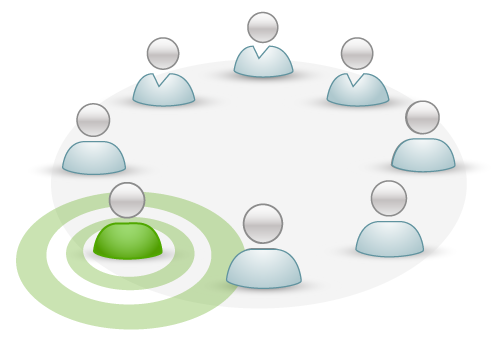As your organization changes, your project management needs will change, too. Growth is great, but it makes the need for clear communication and task management more important than ever.
If you’re already paying for a project management solution, it can be difficult to justify the cost and time it will take to implement a new one. Plus, adoption can be a concern in organizations where staff members are slow to accept new processes and procedures.
So how do you know if it’s worth it to upgrade your project management tool? Here are four signs that it’s time to find new software:
You’re using several different tools
How many steps does it take for your team to complete a task? If you’re using a separate task management system, time tracker, and sending emails, there’s a good chance communication is falling through the cracks. Using several different, disconnected tools opens the door to wasted time, duplication, and missed opportunities.
If it’s been awhile since you’ve updated your software, you might be surprised to learn that many products cover several project management needs in a single system. Look for a tool that can house all of your processes and communication from the same interface to avoid confusion and missed opportunities.
Your work isn’t accessible in the cloud
Most growing companies benefit from moving their project management system to the cloud. If you’re ready to move to the cloud, you’ll benefit from faster communication, easy implementation, and ubiquitous access to all of your work. The best part? Cloud-based project management tools can save you from the upfront cost burden of a perpetual license.
New hires have a hard time learning the ropes
If you’re spending more time training a new hire to use your project management software than on their actual job, you have a problem. Your project management tool should be easy to learn so new hires and veteran employees can get acclimated quickly and start being productive. Your vendor should also offer training and troubleshooting documentation, so you don’t have to explain the ins and outs of every workflow to every team member.
Your organization is changing
Growth is a good thing, but sometimes it makes things complicated. When you add new team members and projects, your project management software can’t always keep up — especially if you’re using an outdated system. You need to find a system that can grow with you. Many tools are scalable and offer different plans for small, medium, and large businesses, as well as the ability to add and remove users without hassle.
You have too many meetings
Isn’t the point of a project management tool to cut down on busy work and unnecessary meetings? If you’re gathering the team in the conference room for project updates and brainstorming sessions every day, your software isn’t doing enough to help. A project management solution should house discussions, progress updates, tasks, deadlines, file attachments, and more. Use those meetings to set broader priorities and solve problems. Your team can use the extra time to complete tasks and focus on delivering top-notch work.
If you’ve made it through this list and it’s clear that you need to update your project management tool, talk to your team about what features they need and what pain points they have with your current system. Use their feedback to guide the research process.
Author Bio:

Megan Pacella is a contributor for TechnologyAdvice.com, with specializations in B2B marketing and sales. She has also written for USA Today, Bearings Guide, 10Best Nashville, and other publications.
Ready to Upgrade Your Project Management Tool?







